In this post, I will be delving into the world of tires and conducting an in-depth comparison between Firestone vs Kumho.
With a focus on their history, performances in dry, wet, and snow conditions, mileage warranties, average lifespan, prices, and the pros and cons of each brand, we will determine which tire brand reigns supreme.
So buckle up, as we explore the fascinating battle between Firestone and Kumho to find out which brand deserves the crown.
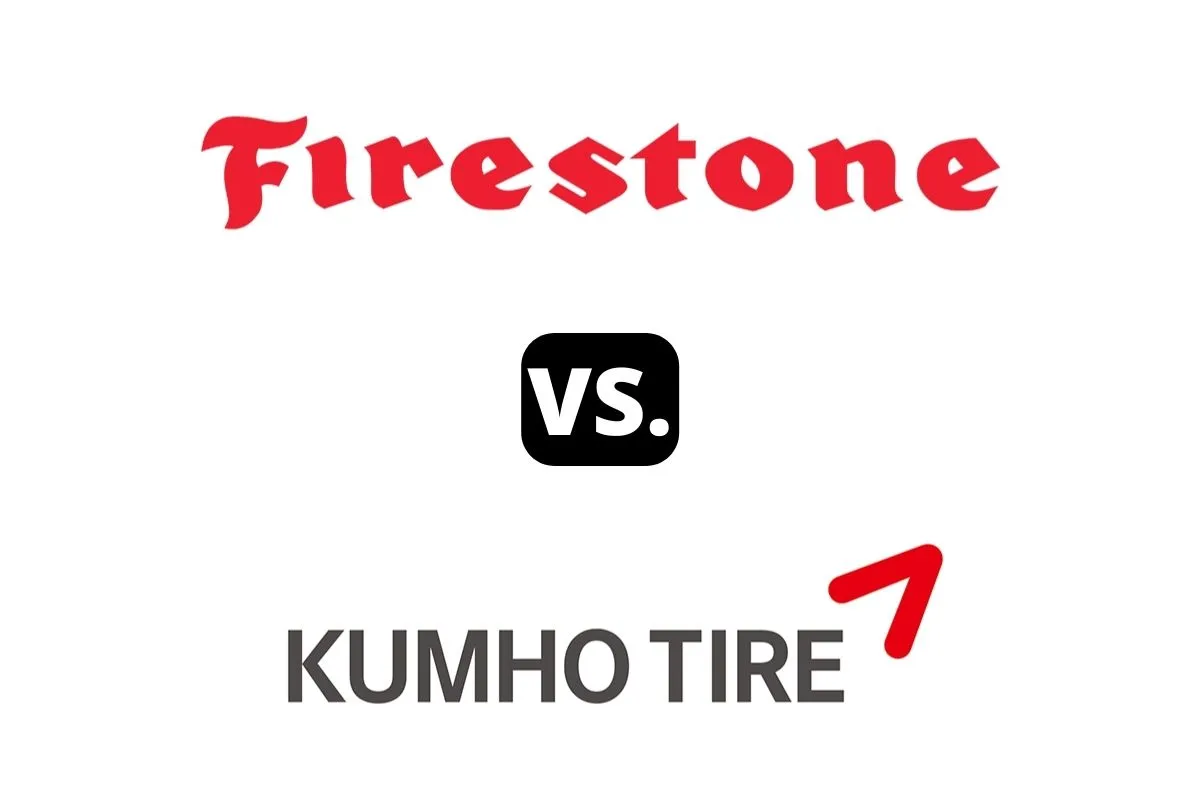
Firestone vs Kumho – Comparison Table
| Firestone | Kumho | |
| Country of Origin | United States | South Korea |
| Year Founded | 1900 | 1960 |
| Made In | United States, Vietnam, Brazil, Canada, and Costa Rica | South Korea, or in China or Vietmnam |
| Parent | Bridgestone Corporation (Japan) | Doublestar (China) |
About the Brands

1. Firestone
Firestone is an iconic American tire brand that traces its roots back to 1900 when it was founded in the United States.
The company quickly gained recognition for its high-quality tires, becoming a leading player in the industry.
Throughout its history, Firestone has been committed to innovation and performance.
In 1988, Firestone became a subsidiary of the Bridgestone Corporation, a Japanese multinational company.
This acquisition allowed Firestone to benefit from Bridgestone’s global reach and technological advancements.
Over the years, Firestone has continued to thrive under Bridgestone’s ownership, leveraging its expertise and resources to maintain its position as a trusted tire brand.
Today, Firestone offers a wide range of tires for various vehicles, including passenger cars, trucks, SUVs, and commercial vehicles.
With a rich heritage and a legacy of excellence, Firestone remains a prominent name in the tire industry.
Mostly Known for Manufacturing Tires For:
- Passenger cars
- Trucks
- SUVs (Sport Utility Vehicles)
- Vans
- Light trucks
- Medium trucks
- Buses
2. Kumho
Kumho Tire is a renowned tire brand founded in 1960 in South Korea. It is a subsidiary of the Chinese tire conglomerate Doublestar.
The company has a rich history of innovation and excellence in the tire industry.
Over the years, Kumho has established itself as a global leader, providing high-quality tires for various vehicles.
Since its inception, Kumho has focused on research and development to create cutting-edge tire technologies.
They have continuously invested in improving performance, safety, and environmental sustainability.
The brand’s commitment to quality has earned them recognition and numerous awards.
Kumho’s tire range covers a wide spectrum of applications, including passenger cars, SUVs, trucks, and racing vehicles.
They offer a diverse selection of tires known for their durability, traction, and excellent handling capabilities.
With a strong global presence, Kumho has built a reputation for delivering reliable and innovative tires that meet the needs of drivers worldwide.
Mostly Known for Manufacturing Tires For:
- Passenger cars
- High-performance cars
- SUVs (Sport Utility Vehicles)
- Crossovers
- Light trucks
Differences
1. Dry Performance
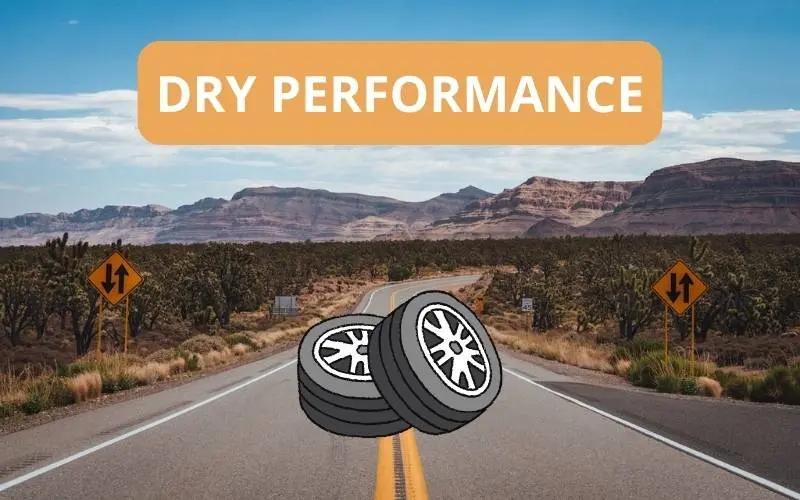
I’m going to compare the performance of two summer tires as they are the ideal type in dry weather.
I’m taking a look at the Firestone Firehawk Indy 500 vs the Kumho Ecsta PS91.
As the one giving the dry performance rating from 1 to 5, I would rate the Firestone Firehawk Indy 500 with a 4.5 and the Kumho Ecsta PS91 with a 4.6.
Both tires have received highly positive ratings for their respective dry performance capabilities.
The Firehawk Indy 500 offers impressive handling, great grip, and stability, while the Ecsta PS91 boasts enhanced grip, quick responsiveness, and high-speed durability.
Considering their similar ratings, I would declare this a tie, as both tires exhibit strong dry performance characteristics.
2. Wet Performance
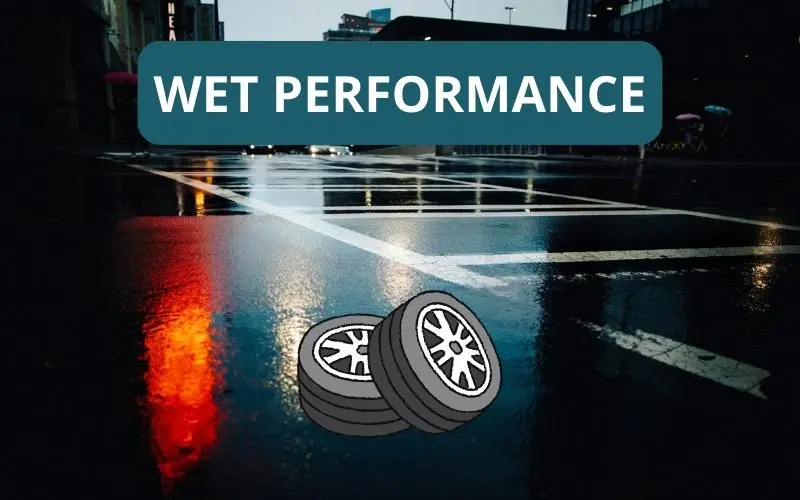
For the wet performance, I’ll be comparing the Firestone WeatherGrip vs the Kumho Solus TA71.
As someone who rates wet performance from 1 to 5, I would rate the Firestone WeatherGrip at 4.3 and the Kumho Solus TA71 at 4.1.
The WeatherGrip’s shorter braking distances and hydroplaning resistance indicate good wet traction, supported by its all-season performance design.
The Solus TA71 offers reliable wet traction with its grooves and some positive user reviews.
However, concerns about sudden breakaway affect its rating.
Based on this, the Firestone WeatherGrip seems to have a slight advantage in wet performance, making it the better choice overall.
3. Snow Performance
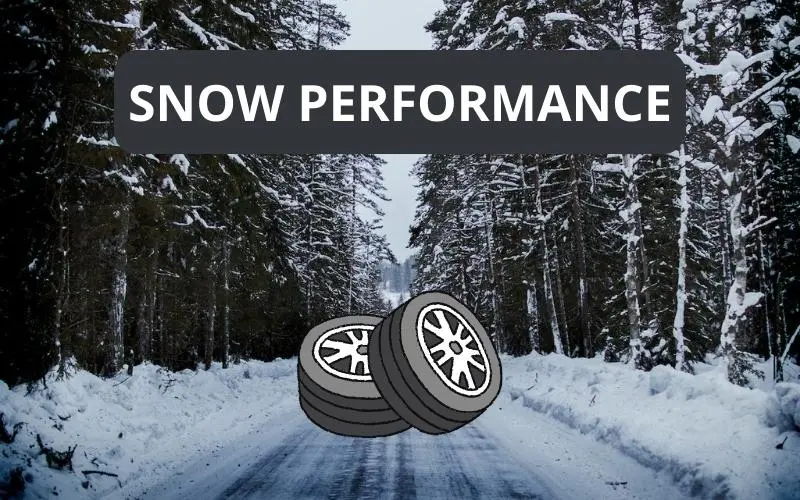
We all know that you need dedicated winter tires if you’re going to be driving on harsh winter conditions.
That’s why I’ll be comparing the snow performance of two specialized winter tires – Firestone Winterforce 2 vs Kumho WinterCraft WP71.
As the one giving the snow performance rating from 1 to 5, I would rate the Firestone Winterforce 2 tire at 4.5 and the Kumho WinterCraft WP71 at 4.4.
Both tires offer reliable snow performance, with features like cold weather compounds, improved grip, and traction on snowy surfaces.
However, the Firestone Winterforce 2 tire’s 3-Peak Mountain Snowflake certification gives it a slight edge.
Therefore, if forced to choose, I would declare the Firestone Winterforce 2 as the better tire for snow performance.
4. Mileage Warranty and Tread Life

| Firestone | Kumho | |
| Treadwear Warranty | up to 55,000 miles tread life warranty | Replacement for unserviceable tires with more than 2/32″ tread remaining |
| Average Tread Life | Firestone tires are expected to last anywhere between 40,000 to 60,000 miles on average. | Kumho tires are known for their long-lasting performance, with most of their tires lasting from 60,000 to 80,000 miles. |
Based on my research, Firestone tires come with a mileage warranty of up to 55,000 miles.
On average, these tires are expected to last between 40,000 to 60,000 miles.
Kumho tires, on the other hand, offer a warranty that replaces unserviceable tires with more than 2/32″ tread remaining.
Their tires are known for their long-lasting performance, with an average lifespan ranging from 60,000 to 80,000 miles.
So, while Firestone tires offer a slightly lower mileage warranty, Kumho tires tend to have a longer average lifespan.
5. Prices

In this section, I’ll be taking a look at the price ranges of both tire brands – Firestone vs Kumho.
I’ll be using one of the biggest tire and wheel retailers in the US for this comparison – Discount Tire.
Here is a comprehensive table that showcases each brand has to offer:
| Firestone | Kumho | |
| Average Price Range (Discount Tire) | $82 to $603 /ea | $54 to $550 /ea |
| Cheapest Tire (Discount Tire) | FT140 goes from $82 – $170 /ea | Solus TA11 goes from $54 – $158 /ea |
| Most Expensive Tire (Discount Tire) | Destination M/T 2 goes from $229 – $603 /ea | Road Venture MT71 goes from $222 – $550 /ea |
6. Pros and Cons
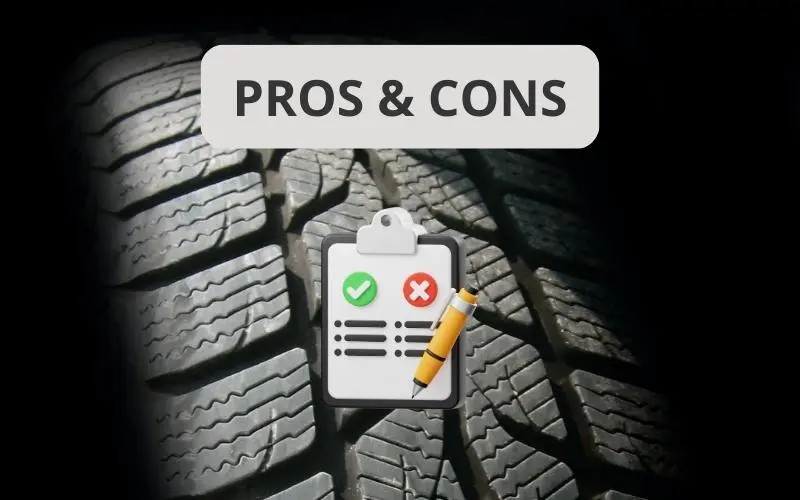
Firestone
| Pros | Cons |
| ✔ Firestone tires have good performance | ❌ Their shop is very expensive and they might try and sell you unnecessary services/things |
| ✔ Wide availability | |
| ✔ Good option for those who live in areas with harsh winter conditions |
Kumho
| Pros | Cons |
| ✔ They can last a long time aka their tread life is amazing | ❌ Limited market presence |
| ✔ Good value for money | |
| ✔ They offer good performance |
7. Popular Tires

Here are some notable tires from Firestone:
- Destination LE3
- Firehawk Indy 500
- WeatherGrip
Some of Kumho’s best tires are shown below:
- Ecsta PS31
- Solus TA71
- Road Venture AT51
Which Is the Better Brand Overall?

Based on the comparisons made, the tiebreaker comes down to the wet performance and snow performance categories.
While both brands offer excellent dry performance, the Firestone WeatherGrip edges out the Kumho Solus TA71 in wet performance.
Similarly, the Firestone Winterforce 2 slightly surpasses the Kumho WinterCraft WP71 in snow performance.
Therefore, overall, I declare Firestone as the better pick due to its superior wet and snow performance capabilities.